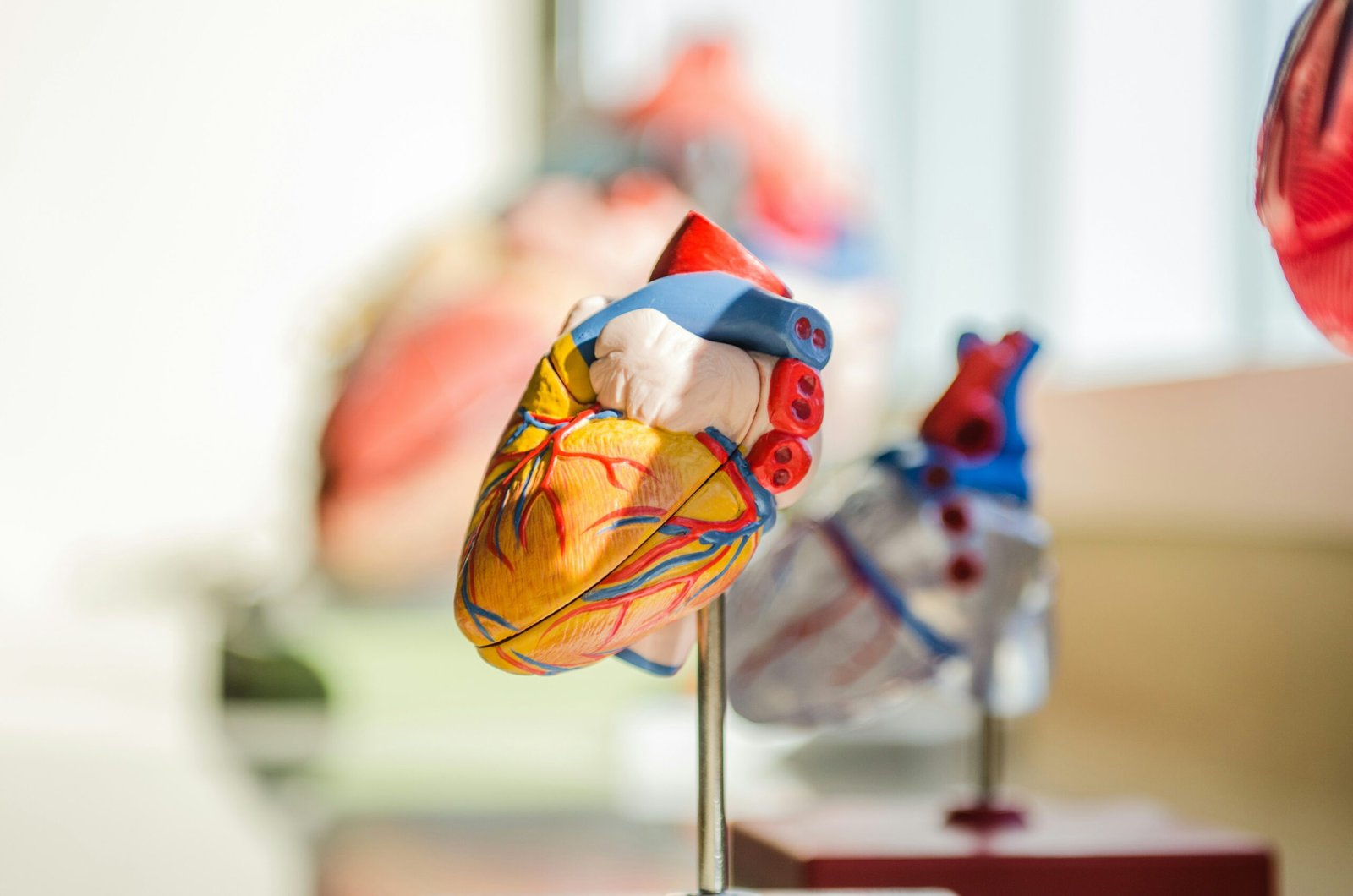Most individuals consider the weight or the body mass index (BMI) when they get the thought of obesity and health risks. However, it is increasingly becoming visible that the fat storage location in the body can be even more crucial than the amount of fat an individual holds. In a new study, over 21,000 participants of the UK Biobank were analyzed and found that sex specific fat distribution is related to cardiovascular ageing a measure of how quickly the heart and blood vessels become biologically older than chronological age.
The results indicate a very important fact that not every fat is created equal, and its location can accelerate or slow down cardiovascular ageing.

What is Cardiovascular Ageing?
The process of ageing of the heart and blood vessels is called cardiovascular ageing and is gradual. This process can be either accelerated or slowed down by factors such as the environment, genetics and lifestyle. In order to examine it, researchers applied machine learning models, which had been trained on heart imaging data to approximate the cardiovascular age of each participant. This estimate of age is known as the age delta between this age and their actual age.
A positive age delta indicates that the cardiovascular system is becoming older at a higher rate.
The negative age delta would indicate that the heart and vessels are not ageing at a faster rate.
Key Findings from the Study
Visceral Fat Accelerates Ageing of Both Sexes.
The strongest predictors of a faster cardiovascular ageing in both males and females were visceral fat, or the fat located deep within the abdomen and that encloses internal organs.
In contrast to the overweight one can pinch their fat beneath their skin, the fat beneath the abdominal area is metabolic and will encourage inflammation and predispose individuals to develop diabetes and heart diseases.
Differences in Fat Distribution between sexes.
Men and women do not accumulate fat the same:
Men have a more visceral and abdominal (androgenic) fat.
The fat found in women is more subcutaneous and lower body (gynoid).
To some extent, this distribution is the reason that men tend to develop cardiovascular disease at an earlier age when compared to women, who are somewhat shielded until menopause.
Defensive Action of Gynoid Fat in Women.
Hip and thigh fat (gynoid fat) was found to be associated with a slower ageing process in the cardiovascular of women, particularly premenopausal women. This protective effect is believed to be related to the effect of estrogen on fat storage and vascular wellbeing.
Fat in Livers and Muscles is Secret Dangers.
Increased cardiovascular ageing in the liver and muscles also was associated with fat infiltration. Although one may not appear as fat, fat in organs and tissues can silently make one more prone to health risks.
BMI Alone is Misleading
The research discovered that BMI was a less predictive of heart ageing than fat distribution. Indicatively, there are those individuals labelled as overweight by their BMI and yet had normal body fat composition and reduced cardiovascular risks.
The Importance of This to Public Health.
These results have significant implications:
Individual Health Risks:Two individuals with a similar BMI may have vastly different cardiovascular risks based on the fat allocation.
Attacking Visceral Fat: Lifestyle intervention and therapies that lower belly fat such as physical exercise, good nutrition, as well as new drugs such as GLP-1 receptor agonists, would go a long way to reduce cardiovascular ageing.
Women Health: The protective role of gynoid fat and the hormonal impact on fat storage can be one way to approach the cardiovascular care of women, especially during menopause.
Takeaways Practical to the Readers.
Do not Use BMI by Itself:Given that you are worried about fat distribution, ask your doctor to check your waist to hip ratio or to take imaging tests.
Exercise can help to decrease visceral fat and promote heart health, as well as in people with obesity.
Pay attention to Diet Quality: A healthy diet with a lot of whole foods can prevent the excess fat in the liver.
Take into Account Hormonal Factors: Women need to know that menopause can change the distribution of fats and cardiovascular risk.
See Beneath the Scale: Health is not merely weight but it is also where and how the fat is located.
Conclusion
The European Heart Journal article highlights an important fact, that where fat is is as important as how much fat is in relation to the heart and ageing. Although visceral and liver fat hasten biological ageing, gynoid fat in women is possibly protective. These discoveries underscore the significance of personalized medicine and mass health measures that extend beyond BMI and set them to attack fat deposits that are destructive and conserve those that are protective.
The key is to watch the fat distribution, and make lifestyle choices that restrict the visceral fat, which in turn would not only lengthen our lifespan but also the healthspan, which will enable us to live with less health issues in the later years.
References & Resources
Losev V, Lu C, Tahasildar S, et al. Sex-specific body fat distribution predicts cardiovascular ageing. Eur Heart J. 2025. https://doi.org/10.1093/eurheartj/ehaf553
World Health Organization. Obesity and Overweight. 2024. Link

